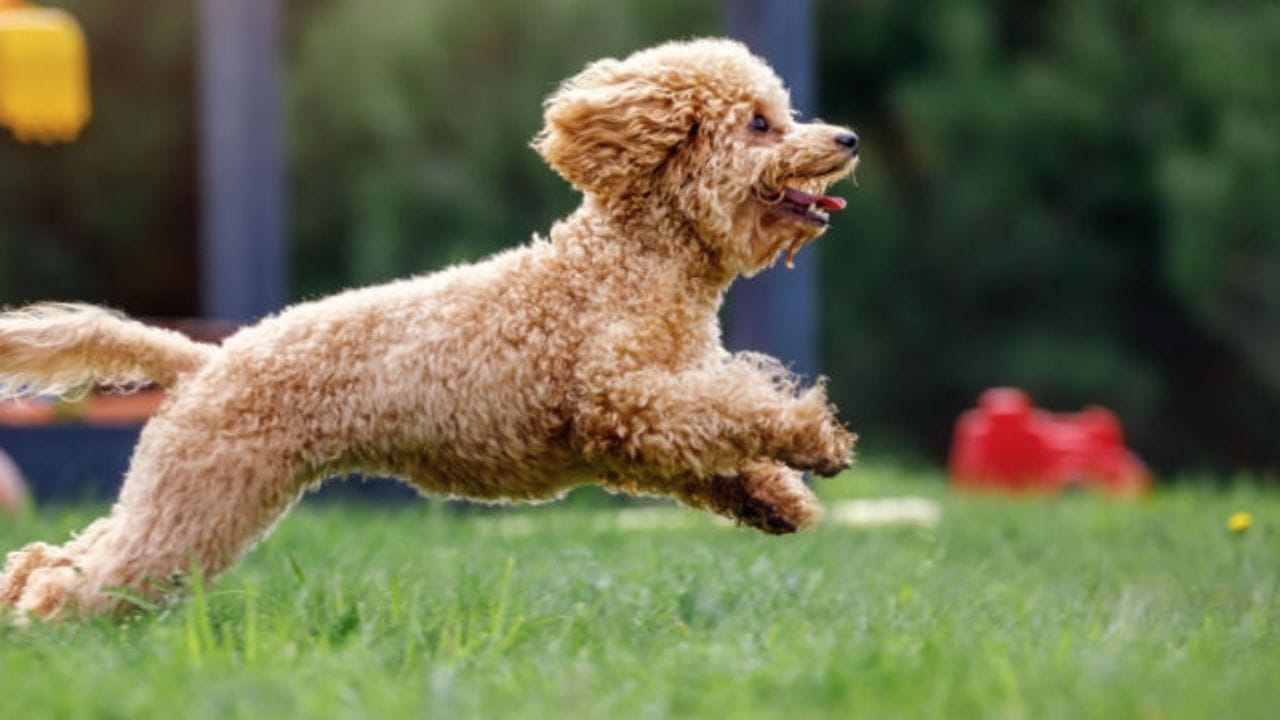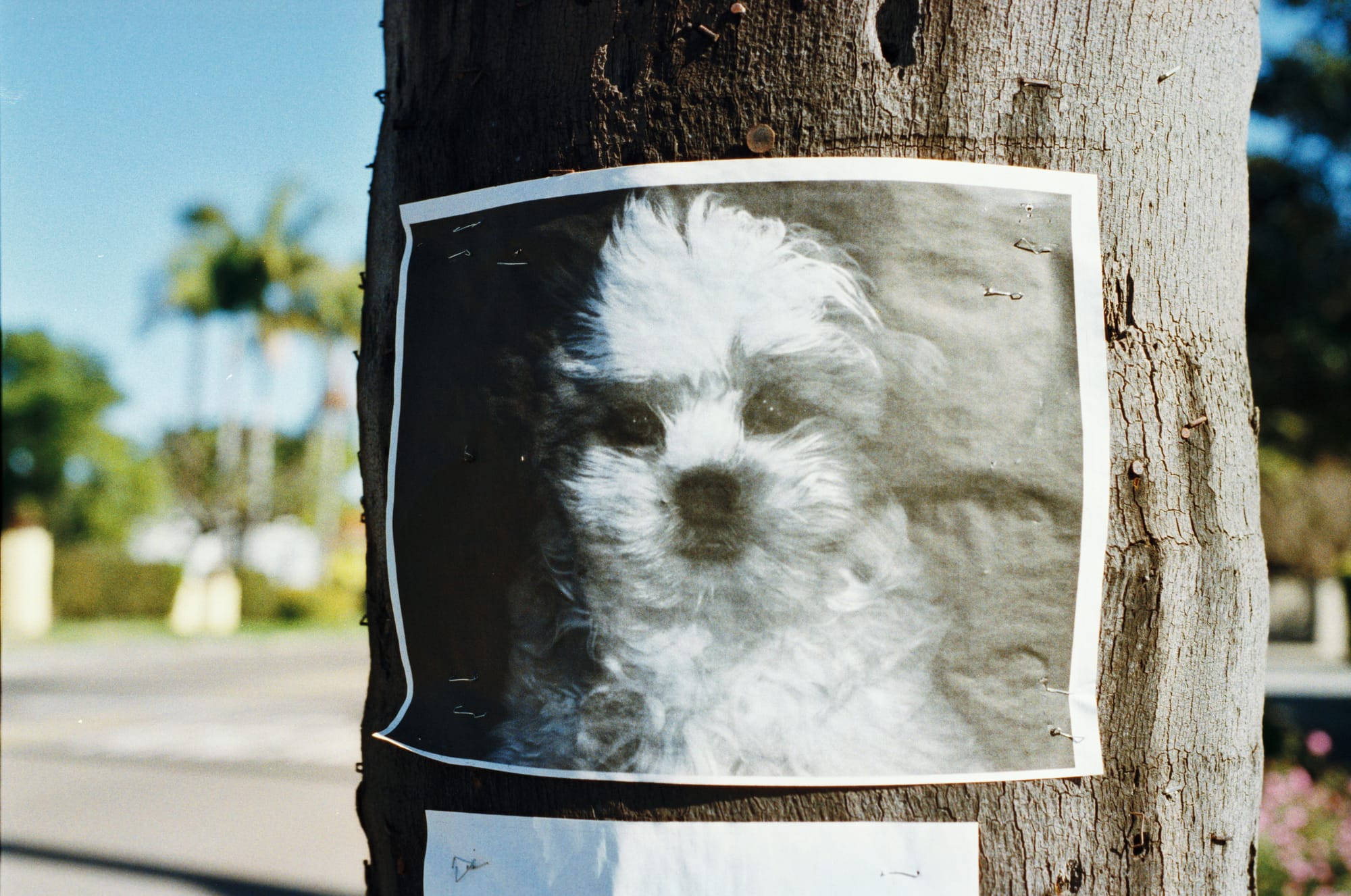Losing a dog can be a distressing and overwhelming experience for any pet owner. It is a situation that requires immediate attention and action. The first few hours after a dog goes missing are crucial, and the steps taken during this time can significantly increase the chances of finding the lost dog. In this article, we will discuss some effective methods and strategies that can help pet owners find their lost dogs.

Immediate Steps to Take: When a dog goes missing, it is essential to act fast. Pet owners should start by thoroughly searching their property and the surrounding areas. They should also reach out to their neighbors and inform them of the situation. Additionally, pet owners should contact their local animal shelters and veterinary clinics to report their missing dog. In the next section, we will discuss these steps in more detail and explore other ways to increase the chances of finding a lost dog.
Key Takeaways
- Acting quickly and searching thoroughly is crucial in finding a lost dog.
- Utilizing technology and social media can be effective in spreading the word about a lost dog.
- Engaging the community and maintaining hope and well-being are important during the search for a lost dog.
Immediate Steps to Take
If your dog has gone missing, it is important to act quickly. The first few hours are crucial in increasing the chances of finding your lost pet. Here are the immediate steps you should take:

Check Your Home and Neighborhood
Start by searching your home and surrounding area. Check all the rooms, closets, and any other hiding spots that your dog might have gone to. If you have a fenced yard, make sure to search it thoroughly. Ask your family members and neighbors if they have seen your dog.
Inform Local Authorities and Shelters
Contact your local animal control agency, police department, and animal shelters. Provide them with a detailed description of your lost pet, including breed, age, color, and any special markings. Make sure to leave your contact information so they can reach you if your dog is found.
Spread the Word Online
Social media is a powerful tool for spreading the word about your lost dog. Post a photo and description of your dog on Facebook, Nextdoor, and other social media networks. Ask your friends and family to share the post to increase its reach. You can also join local lost pet groups on social media to get more help and support.
Remember to keep a search perimeter and a physical search. The search perimeter should be based on how far your dog could have gone in the time they have been missing. A physical search should be done by looking for your dog in the area within the search perimeter.
By taking these immediate steps, you can increase the chances of finding your lost dog. Stay calm and keep searching until your pet is found.
Creating Effective Lost Dog Posters and Flyers
Designing Your Poster
When designing a lost dog poster or flyer, it is important to make it eye-catching and informative. The poster should include a clear photo of the dog, the dog's name, and a description of the dog's breed, size, and any distinguishing features. It is also important to include the owner's contact information, including a phone number and email address.
Using bold and colorful fonts can help make the poster stand out, but it is important to avoid using too many different fonts or colors, as this can make the poster difficult to read. Including a reward amount can also incentivize people to keep an eye out for the missing pet.
Distribution Strategies
Once the poster or flyer has been designed, it is important to distribute it in areas where it is likely to be seen by as many people as possible. Posting the flyers in high-traffic areas such as pet stores, veterinary clinics, and dog parks can be effective. It is also important to ask neighbors to keep an eye out for the missing pet and to distribute flyers to local animal shelters and rescue organizations.
Social media can also be a powerful tool for spreading the word about a missing pet. Posting a photo and description of the missing dog on social media platforms such as Facebook and Twitter can help reach a large audience quickly. It is important to include a clear and concise message in the post, along with a photo of the dog and the owner's contact information.

In addition to posting flyers and using social media, it is important to continue searching for the missing pet in person. Walking or driving around the area where the dog was last seen and calling out the dog's name can help attract the dog's attention and increase the chances of a successful reunion.
Remember, time is of the essence when searching for a lost dog. The sooner the poster and flyers are distributed, the greater the chances of finding the missing pet.
Utilizing Technology and Social Networks
Lost dogs can be found with the help of technology and social networks. Here are some ways to utilize them:
Online Pet Recovery Services
Online pet recovery services such as Petco Love Lost and AKC Reunite can help reunite lost dogs with their owners. These services allow pet owners to create a digital profile for their pet, which includes their information and a photo. If the pet goes missing, the owner can quickly alert the service and share the pet's profile on social media. This can help spread the word and increase the chances of finding the lost dog.
Tracking Devices and Apps
Tracking devices and apps such as GPS collars and dog trackers can help locate lost dogs. These devices can be attached to the dog's collar and provide real-time location updates. Some devices even allow owners to set up safe zones and receive alerts when their pet leaves the designated area.
Microchipping is also a great way to ensure that a lost dog can be reunited with its owner. A microchip is a small implant that is placed under the dog's skin. The microchip contains a unique identification number that can be scanned by a veterinarian or animal shelter. If a lost dog is found and brought to a shelter, the microchip can help identify the owner and reunite them with their pet.
By utilizing technology and social networks, pet owners can increase their chances of finding their lost dogs. It is important to remember to always keep the pet's information up-to-date and to act quickly when a pet goes missing.

Engaging the Community
When searching for a lost dog, it is important to engage the community to increase the chances of finding your furry friend. This can be done by asking for help from friends and neighbors and contacting pet-related businesses.
Asking for Help from Friends and Neighbors
The first step in engaging the community is to ask for help from friends and neighbors. This can be done by spreading the word about the lost dog and asking people to keep an eye out for them. It is important to provide a description of the dog, including their breed, color, size, and any identifying features. You can also create flyers or posters with a picture of the dog and your contact information to distribute in the neighborhood.
Contacting Pet-Related Businesses
Another way to engage the community is to contact pet-related businesses such as veterinary offices, groomers, and pet stores. These businesses may have seen your dog or may be able to provide valuable information about sightings in the area. It is important to provide them with a description of the dog and your contact information so they can reach out if they have any information.
Overall, engaging the community is an important step in finding a lost dog. By asking for help from friends and neighbors and contacting pet-related businesses, you can increase the chances of finding your furry friend and bringing them back home.
Maintaining Hope and Well-Being
Staying Positive and Proactive
When searching for a lost dog, it's important to maintain a positive and proactive mindset. This can be difficult, especially if the search has been ongoing for a long time. However, it's important to remember that dogs have a keen sense of smell and can often find their way back home or to a familiar location.
One way to stay positive is to focus on the steps being taken to find the dog. This can include putting up flyers, contacting local shelters and animal control, and spreading the word on social media. It's also important to stay proactive by continuing to search for the dog and not giving up hope.
Dealing with the Emotional Impact
Losing a dog can be an emotional experience, and it's important to take care of oneself during the search. It's okay to take breaks and step away from the search for a little while to recharge. It's also important to have a support system in place, whether it's family, friends, or a support group.
In addition, it's important to remember that emergencies can happen, and it's important to have a plan in place in case something happens. This can include having a designated meeting spot or having a trusted friend or family member on standby to help with the search.
Overall, staying positive and proactive while also taking care of one's emotional well-being is key when searching for a lost dog. With the right mindset and support, there is hope for a happy reunion.

Frequently Asked Questions
- What steps should I take immediately after my dog goes missing?
- If your dog goes missing, it's important to act quickly. Start by searching your immediate area and calling out your dog's name. If you don't find your dog, start spreading the word by contacting local animal shelters, posting flyers, and using social media to alert your community.
- What are effective strategies for searching for a lost dog at night?
- Searching for a lost dog at night can be challenging, but there are a few strategies that can help. Use a flashlight to scan the area, and listen for any sounds your dog might be making. You can also leave out food and water, which can help attract your dog back to the area.
- How can I increase the chances of finding my dog if they're lost in the woods?
- If your dog is lost in the woods, it's important to stay calm and focused. Start by searching the immediate area, and then expand your search in a grid pattern. Use familiar scents, like your dog's favorite toy or blanket, to help guide your search.
- Who should I contact if I find a lost dog?
- If you find a lost dog, the first step is to check for identification tags or a microchip. If the dog has identification, contact the owner directly. If the dog doesn't have identification, contact your local animal shelter or animal control agency.
- How does a microchip help in locating a lost dog, and what should I do if my dog is microchipped?
- A microchip is a small device that's implanted under your dog's skin, and it contains important identifying information. If your dog is lost, a microchip can help reunite you with your pet. If your dog is microchipped, make sure your contact information is up to date with the microchip company.
- Is it possible for dogs to find their way home on their own, and how can I facilitate this?
- It's possible for dogs to find their way home on their own, but it's important to take steps to facilitate this. Leave out food and water, and use familiar scents to guide your dog back home. You can also leave out a piece of clothing with your scent on it to help your dog find their way.

